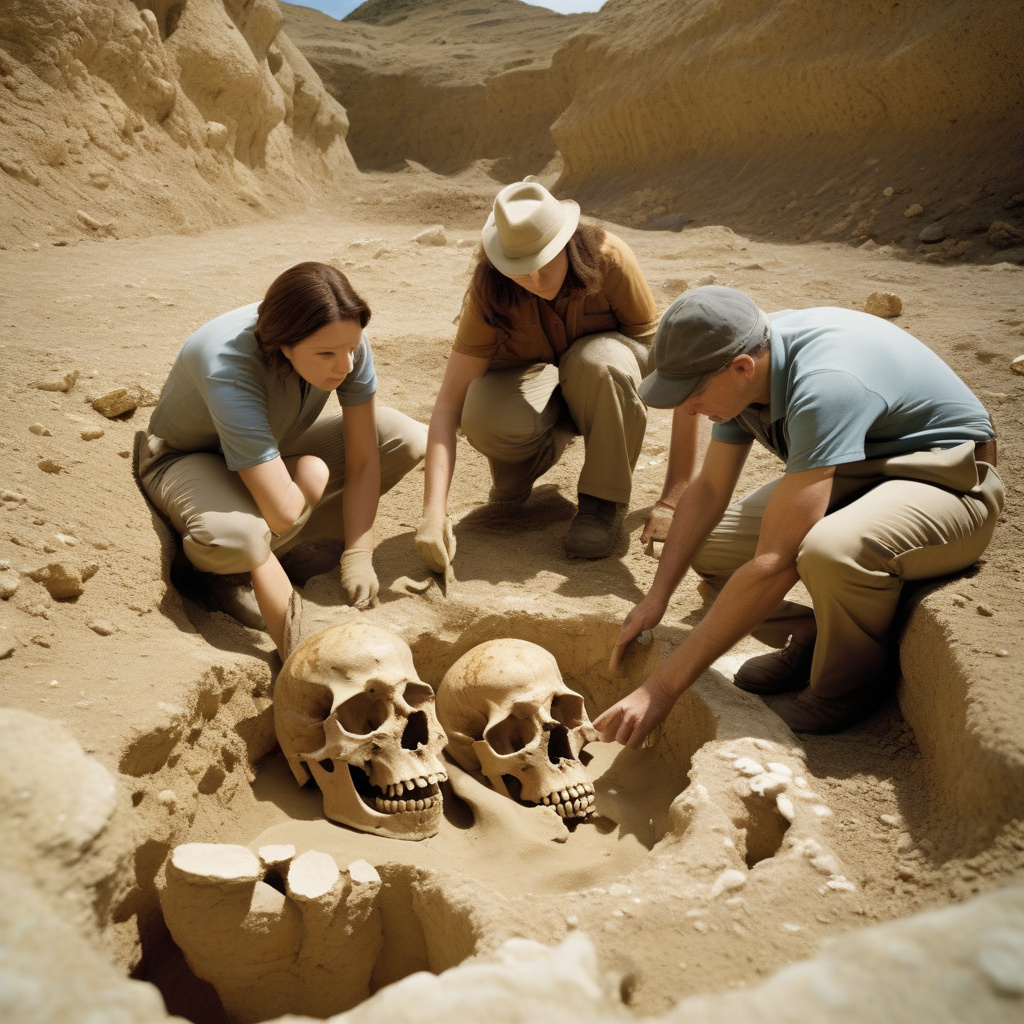140,000-Year-Old Fossil Rewrites Tale of Neanderthal-Earliest Human Interbreeding
An international research team has identified the earliest fossil showing both Neanderthal and Homo sapiens traits, shedding new light on the complex history of interbreeding between these ancient human relatives. The discovery of this 140,000-year-old individual challenges previous beliefs about the timeline of interactions between Neanderthals and early humans and provides valuable insights into our shared evolutionary past.
The fossil, found in a cave in Israel, represents a significant breakthrough in our understanding of how Neanderthals and Homo sapiens coexisted and intermingled. By analyzing the skull, researchers were able to determine that this individual had a Neanderthal mother and a Homo sapiens father, making it the first direct evidence of such interbreeding between the two groups.
This finding challenges the traditional view that Neanderthals and Homo sapiens lived in isolation from each other until around 40,000 years ago when modern humans migrated out of Africa. Instead, it suggests that interbreeding between the two groups was a more common occurrence throughout prehistory, leading to a more intertwined genetic history than previously thought.
The implications of this discovery are far-reaching. Not only does it provide new insights into the genetic diversity of early human populations, but it also highlights the complexity of our evolutionary past. By uncovering evidence of interbreeding between Neanderthals and Homo sapiens much earlier than previously known, researchers are rewriting the story of how these two groups interacted and evolved over time.
Furthermore, this discovery underscores the importance of interdisciplinary research in unraveling the mysteries of human evolution. By bringing together experts in fields such as genetics, archaeology, and anthropology, this international research team was able to piece together the puzzle of our shared ancestry and paint a more detailed picture of our evolutionary journey.
As we continue to uncover more fossils and artifacts from our ancient past, it is clear that our understanding of human evolution is constantly evolving. Each new discovery challenges our preconceived notions and forces us to reevaluate the narratives we have constructed about our origins. The story of the 140,000-year-old fossil is just one chapter in the larger saga of human evolution, but it is a chapter that is rewriting the tale of Neanderthal-earliest human interbreeding.
In conclusion, the discovery of the 140,000-year-old fossil in Israel represents a groundbreaking moment in the study of human evolution. By providing direct evidence of interbreeding between Neanderthals and Homo sapiens much earlier than previously thought, this fossil is reshaping our understanding of our shared genetic history and highlighting the complexities of our ancient past.
evolution, humanorigins, interbreeding, Neanderthals, Homo sapiens












